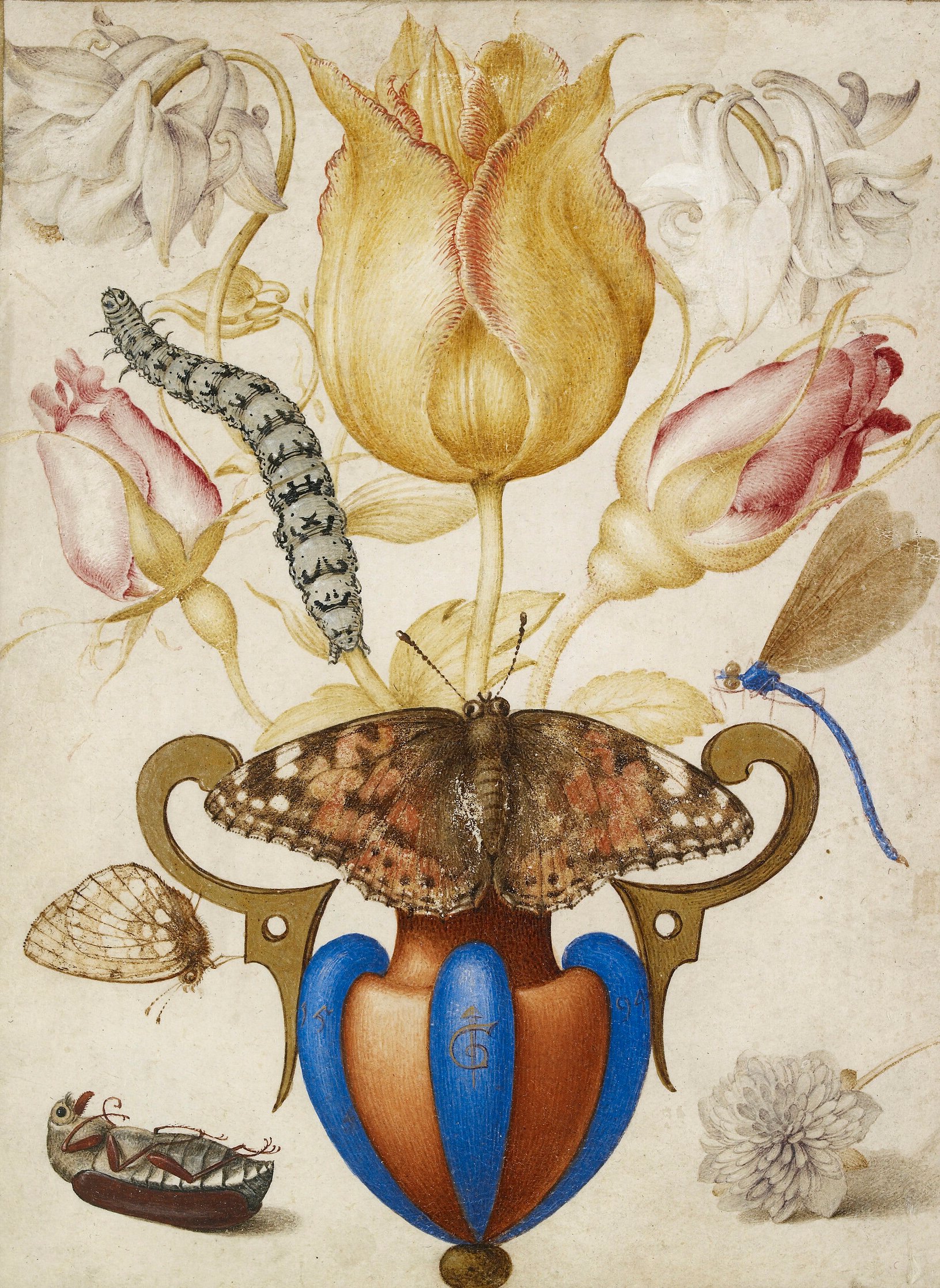
For a limited time, experience the innovation and imagination of artists working at the height of the Spanish Netherlands, through more than 100 drawings. The “Bruegel to Rubens” exhibition is at the Ashmolean Museum in the U.K. The University of Oxford institution partnered with the Museum Plantin-Moretus in Antwerp to present this unparalleled survey of delicate sketches by the great Flemish masters.
Maerten de Vos, Cadmus and Hermione: Design for the Decorations of the City of Antwerp on the Occasion of the Joyous Entry of Archduke Ernest of Austria in Antwerp (ca.1594). Museum Plantin-Moretus, Antwerp.
The concept was devised shortly after CODART announced their publicly informed “canon” of the most important Flemish artworks made before 1750. The Museum Plantin-Moretus found themselves in possession of numerous works on the group’s list. Thus, they approached the Ashmolean, presenting these pieces alongside works from private collections and additional institutions, which include not only Pieter Bruegel the Elder and Peter Paul Rubens, but other famed artists of the day, including Anthony van Dyck and Jacques Jordaens.
Peter Paul Rubens, Belvedere Torso (ca.1601–02). Rubenshuis, Antwerp.
“‘This will be the first time these magnificent drawings from Antwerp are brought together with those from the Ashmolean,” exhibition curator An Van Camp remarked in the show’s press release, “including some which have only recently been discovered and acquired.”
Anthony van Dyck, Study of a Man with his Hands Crossed (c. 1618–20). Ashmolean Museum, University of Oxford.
It is rare that pieces like these get a big public outing, since they’re so precious and fragile, and the show has deliberately used low lighting to assure adequate protections.
Cornelis de Vos, Study of a Young Girl Wearing a Cap (ca.1620–35). Phoebus Foundation, Antwerp.
“Bruegel to Rubens” sprawls across three thematic rooms: drawings as studies, functional preparatory sketches, and drawings that were eventual final artworks of their own. This layout demonstrates the different ways that Flemish masters approached the medium, while also illustrating how it connected these artists. This is evidenced by two artworks exchanged in a friendly act of gift giving, between the painter Joris Hoefnagel and the cartographer Abraham Ortelius, which includes a gilded, scientific still-life by the former and an arresting, illustrated map by the latter.
Hans Bol, Distant View of Antwerp (ca. 1575–80). Ashmolean Museum, University of Oxford.
These “friendship sheets” are the ultimate form of independent drawing, according to Van Camp. As she told the Guardian, “[They were] made selflessly. They allow you to unravel all the artistic networks and friendships.”
Pieter Bruegel the Elder, The Temptation of St Anthony (ca. 1556). Ashmolean Museum, University of Oxford.
Where appropriate, the exhibition also situates these many treasured drawings alongside their eventual evolutions. For instance, Van Camp located and acquired a first-edition print of Pieter Bruegel the Elder’s allegorical Temptation of St Anthony (ca. 1556). It is on view at the alongside the drawing that came before it, perhaps for the first time ever.
Peter Paul Rubens (after Hans Holbein), The Abbot and Death (ca. 1590). Museum Plantin-Moretus, Antwerp.
The standout work from the show’s second namesake is a page from a book of drawings by Peter Paul Rubens, which he copied from a Hans Holbein print series. Here, humanity’s good tangles with evil, too.
Jan Brueghel I, Hilly Landscape (ca. 1615–18). Ashmolean Museum, University of Oxford.
The exhibition honors the inherent versatility of drawing. Subject matters in the show range from densely populated mythical scenes to more placid studies centering on vast landscapes and carefree creatures. Unlike painting or sculpting, drawing offered an opportunity for these artists to dash off spirited recordings of human behavior, like the “gossip aunts” in a scene that painter Jacques Jordean surreptitiously captured from a window above. The widespread excitement surrounding the exhibition is a testament to the rarity of the items on display, as well as celebrating the archetypal role that drawings plays in human behavior to this day.
Joannes Fijt, Study of a Dog (ca. 1630–61). Museum Plantin-Moretus, Antwerp.
“Bruegel to Rubens” is on view at the Ashmolean Museum, Beaumont Street, Oxford, through June 23